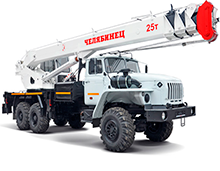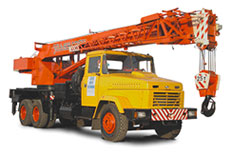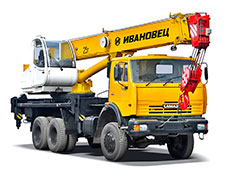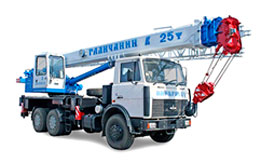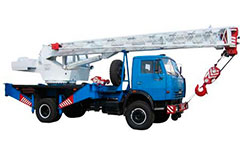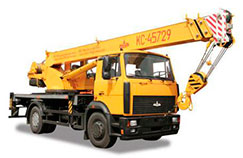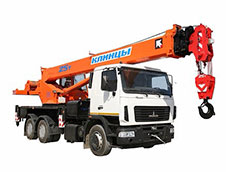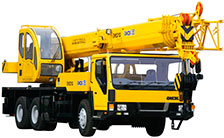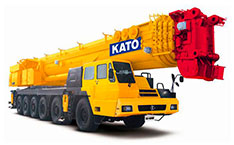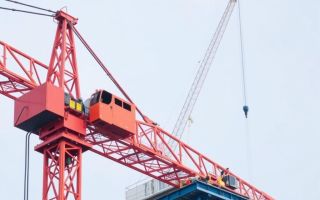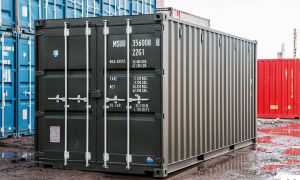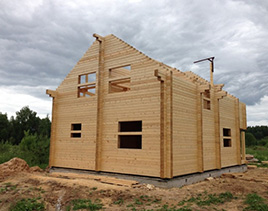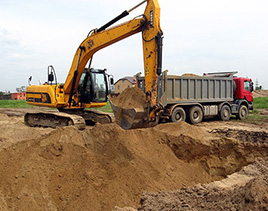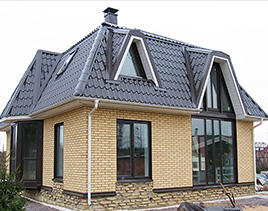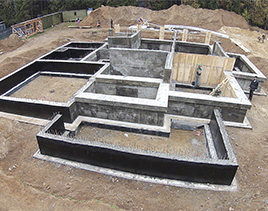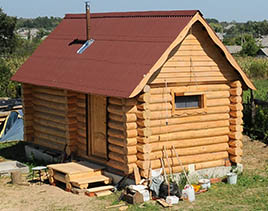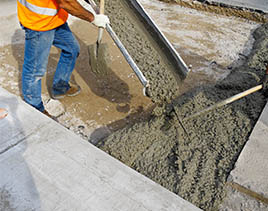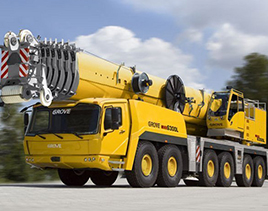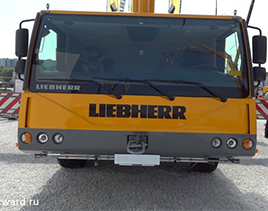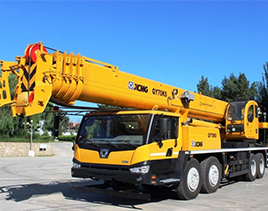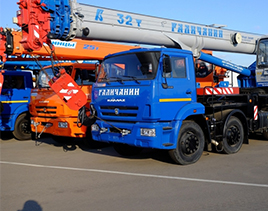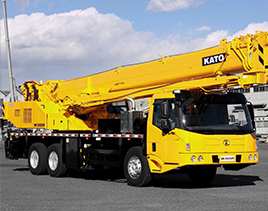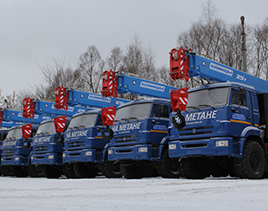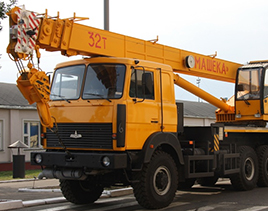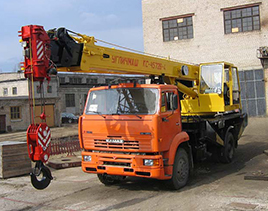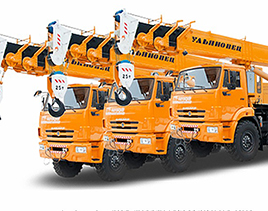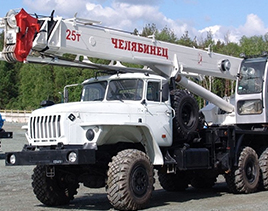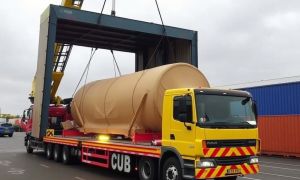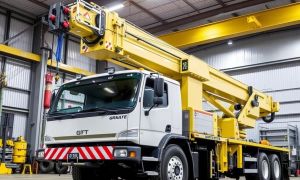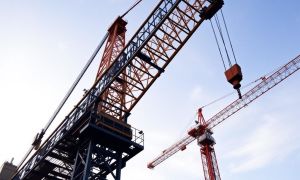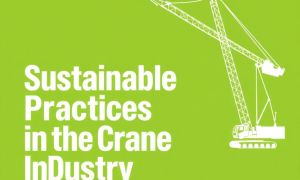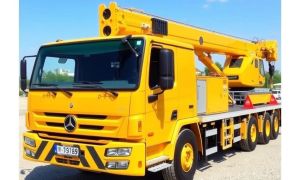Crane operation is an essential part of many construction projects, lifting heavy loads and placing materials with precision at heights that manual labor simply cannot reach. However, the safety of crane operation is highly dependent on environmental conditions, and among these, wind speed plays a critical role. Understanding wind speed limits for safe crane operation is fundamental to preventing accidents, structural failures, and costly downtime on sites. This article delves deeply into how wind affects crane safety, the specific wind speed limits operators must adhere to, and best practices for monitoring and responding to changing wind conditions.
Operating cranes in windy conditions without proper precautions can lead to dangerous situations. High winds exert additional forces on the crane boom and the load, potentially causing instability or even tipping. Therefore, crane manufacturers, regulatory authorities, and safety organizations establish wind speed limits for safe crane operation, ensuring that lifting tasks are suspended or adjusted when wind conditions exceed safe thresholds. But what exactly are these limits? How do they vary depending on crane types, load size, and other factors? And what are the practical steps operators can take to minimize risks when wind conditions become challenging? Let’s explore these questions thoroughly.
The Impact of Wind on Crane Operation
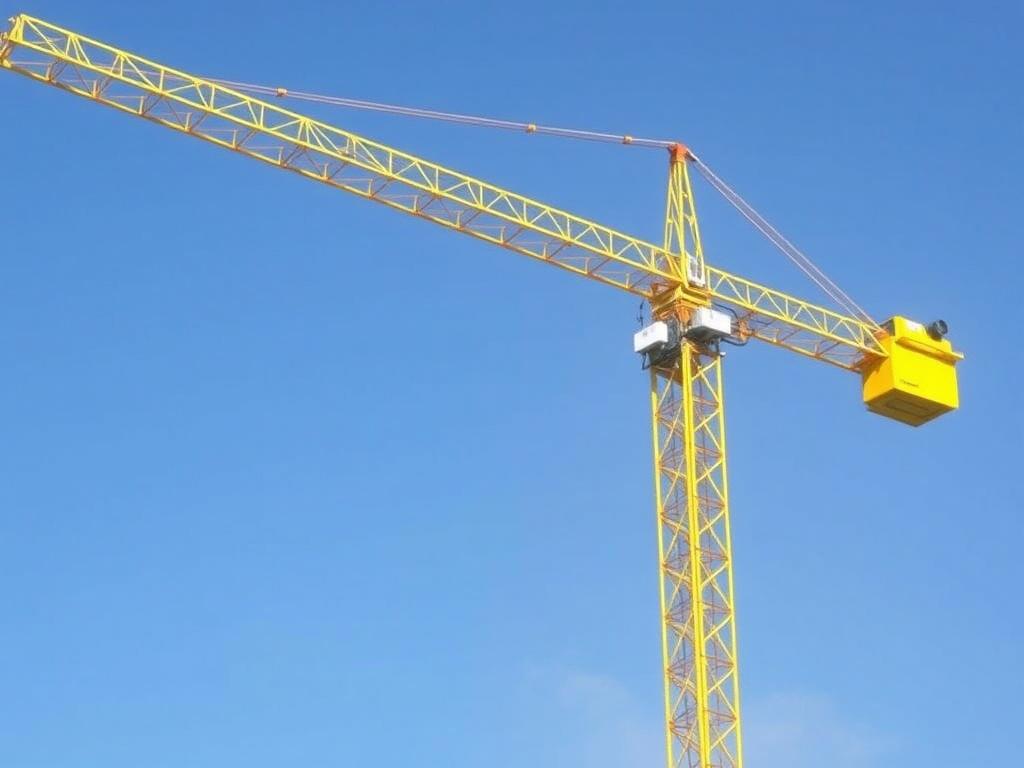
Wind can significantly affect the structural integrity and operational stability of cranes. When wind flows against the crane’s boom or jib, it creates additional lateral forces. These forces, depending on wind speed and direction, may impair the crane’s balance and control. The higher the crane and the larger its surface area exposed to the wind, the greater the risk becomes. Additionally, the load being lifted acts like a sail, making it susceptible to sway and amplification of wind forces.
Safety experts emphasize that even moderate wind can cause load swinging, which not only endangers workers but also increases strain on mechanical parts. The complexity of wind dynamics around construction sites makes constant monitoring essential. Various types of cranes—tower cranes, mobile cranes, crawler cranes—each have distinct sensitivities to wind. Tower cranes, often found in urban construction areas, are particularly vulnerable due to their height and exposed boom length, which increase wind pressure significantly.
How Wind Speed Is Measured and Monitored
Accurate knowledge of local wind speed is critical for making informed decisions about crane operations. Crane operators typically rely on anemometers positioned on-site, meteorological forecasts, and even built-in wind sensors on cranes themselves. Anemometers measure wind velocity and provide real-time data, which can be logged and assessed continuously during crane use. Many modern cranes come equipped with wind speed indicators that alert operators when wind speed approaches hazardous levels.
Wind speed is commonly measured in miles per hour (mph), kilometers per hour (km/h), or meters per second (m/s). For practical safety standards, m/s units are often used in crane operation guidelines. Understanding the meaning behind these numbers and how they relate to operational safety is crucial for crane supervisors and site managers.
Standard Wind Speed Limits for Safe Crane Operation
Setting wind speed limits for crane operations is not arbitrary; it depends on several factors including crane type, boom length, load weight, and the crane’s design specifications. Various safety bodies, such as OSHA (Occupational Safety and Health Administration) and manufacturers’ guidelines, provide recommendations to ensure operators do not operate cranes beyond safe wind speeds.
Typical Wind Speed Limits by Crane Type
| Crane Type | Wind Speed Limit (mph) | Wind Speed Limit (m/s) | Typical Operating Notes |
|---|---|---|---|
| Tower Crane | 20 – 25 mph | 8.9 – 11.2 m/s | Operations typically halted if sustained winds exceed this range |
| Mobile Crane (All Terrain) | 25 mph | 11.2 m/s | Depends on load and boom length; operators advised to evaluate conditions constantly |
| Crawler Crane | 20 mph | 8.9 m/s | Lower limits due to less stability on soft ground or slopes |
| Overhead Crane | Varies | N/A | Usually inside buildings, wind is less significant but must account for ventilation or draft effects |
These limits represent conservative thresholds designed to maximize the safety of crane workers and surrounding communities. It’s critical to recognize that gusts, which can spike over brief moments, are especially hazardous. Sustained wind speeds near the limit suggest preparedness to halt lifting operations immediately if gusts increase.
Factors Influencing Wind Speed Limits for Specific Lifts
While the table above offers general guidelines, several variable factors must be factored in when determining wind speed limits on a specific job:
- Load Weight and Shape: Larger or irregularly shaped loads catch more wind, requiring stricter wind limits.
- Boom Length and Angle: Extended or horizontal boom positions increase force from wind.
- Crane Height: Higher cranes face stronger winds, often observed above ground level.
- Local Topography and Obstructions: Buildings, trees, and terrain can accelerate or block wind, causing unpredictable gusts.
- Type of Wind: Steady winds vs. variable gusts require different handling strategies.
Operators and site managers must always evaluate these factors before and during crane operations to ensure adherence to safe wind speed limits.
Best Practices for Operating Cranes in Windy Conditions
Adhering to wind speed limits is necessary but not always straightforward in dynamic work environments. There are several best practices that help maintain safety and efficiency when dealing with winds that approach or exceed safe values.
1. Routine Weather Monitoring
Accurate and frequent monitoring of weather conditions is essential. This includes not only on-site wind sensors but also accessing local weather station data and forecasts. Operators should be trained to recognize signs of increasing wind risk and to follow protocols when wind speed threatens safety limits.
2. Establish Clear Stop-Work Procedures
Safety plans must explicitly define when lifting operations are to be halted due to wind speed. These procedures should cover communication methods and roles to guarantee swift response in emergent conditions.
3. Load Securing and Movement Control
In windy conditions, careful control of the load movement is imperative. Operators must avoid sudden starts or stops that cause load sway. Using tag lines to control loads can greatly enhance stability during lifts in breezy conditions.
4. Wind Limits and Load Charts
Crane manufacturers provide load charts that often incorporate wind speed considerations, showing reduced maximum capacities under higher wind conditions. Operators must understand and strictly comply with these charts to avoid overstressing equipment.
5. Training and Certification
Regular training for crane operators and signal persons on the effects of wind and how to adapt their procedures accordingly is critical. Understanding the theory behind wind load impacts reduces accidents born of complacency or ignorance.
Technological Advances to Improve Safety in Windy Conditions
The integration of technology is helping make crane operations safer despite challenging weather conditions. Innovations include:
- Wind Speed Sensors: Built-in and wireless sensors provide immediate feedback, triggering alarms or automated cutoffs.
- Load Monitoring Systems: These track real-time stresses and can indicate unsafe conditions caused by wind sway.
- Stability Control Software: Automated systems can predict tipping threats and assist operators in decision-making.
- Remote Operation: Reducing human presence near the crane in high-risk wind periods by allowing remote control.
These technologies, combined with sound operational principles, dramatically reduce incidents related to wind hazards.
Regulatory Guidelines and Industry Standards
Compliance with regulations does not just safeguard lives but also ensures legal conformity on construction sites. Agencies like OSHA provide detailed guidance related to cranes and wind speed:
- OSHA Standard 29 CFR 1926.1431: Addresses stability and wind speed factors for cranes.
- Manufacturers’ Guidelines: Each crane comes with specifications and limits for wind speeds that operators must review before use.
- Industry Associations: Organizations such as the Crane Safety Council publish recommended practices for wind conditions.
It’s advisable for contractors and site managers to stay informed about evolving standards and incorporate them into their safety management systems.
Case Studies: Wind-Related Crane Accidents and Lessons Learned
Historical incidents reveal the devastating consequences of ignoring wind speed limits. For example, a tower crane collapse in a major city occurred when sustained winds exceeded safety thresholds during a load lift, leading to property damage and injury. Investigations highlighted inadequate weather monitoring and failure to follow prescribed wind limits.
Conversely, projects that instituted rigorous wind safety protocols and integrated technology have reported zero wind-related accidents over multiple years. These case studies emphasize that prudent, informed decision-making around wind speed is non-negotiable for crane safety.
Summary Table: Wind Speed Action Guidelines
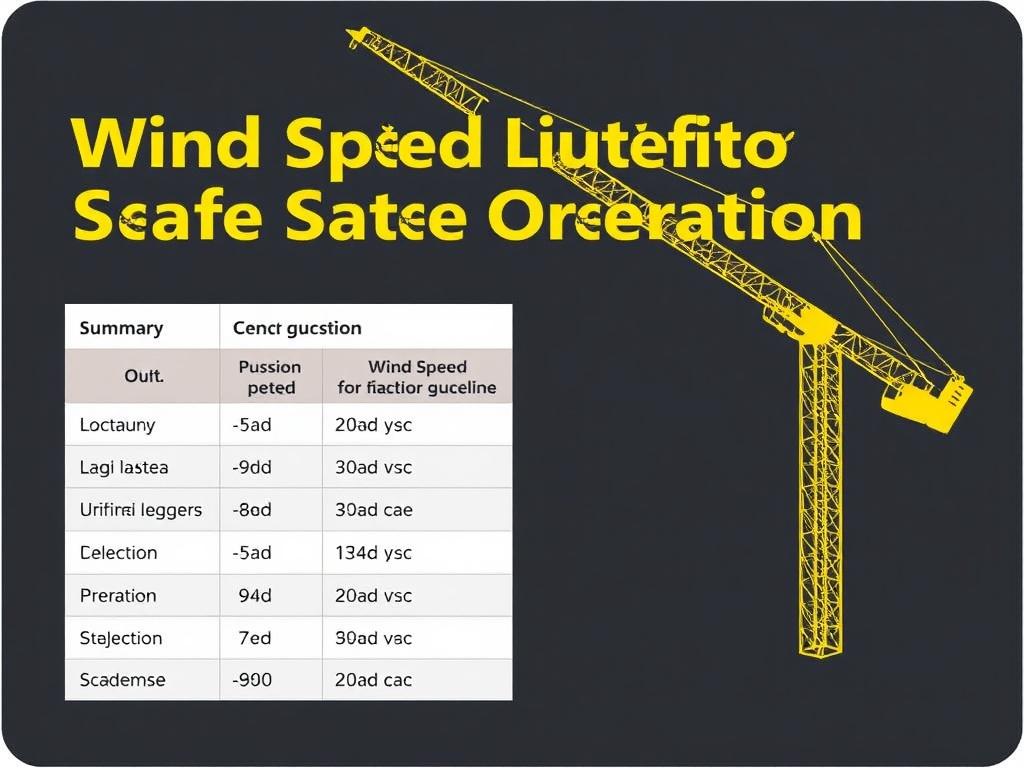
| Wind Speed Range | Recommended Actions |
|---|---|
| 0-15 mph (0-6.7 m/s) | Normal operations; continuing monitoring |
| 15-20 mph (6.7-8.9 m/s) | Increased vigilance; prepare to halt lifts on higher cranes or bigger loads |
| 20-25 mph (8.9-11.2 m/s) | Cease lifting heavy or extended boom operations; limit to essential movement only |
| Above 25 mph (above 11.2 m/s) | Stop all crane operations; secure crane and loads; focus on site safety |
Practical Tips for Crane Operators
- Always check wind speed before starting daily operations.
- Use tag lines to steady the load in gusty conditions.
- Communicate clearly with all crew about wind status and safety procedures.
- When in doubt, prioritize safety by pausing operations.
- Log all wind speed readings and operational decisions for accountability.
Conclusion
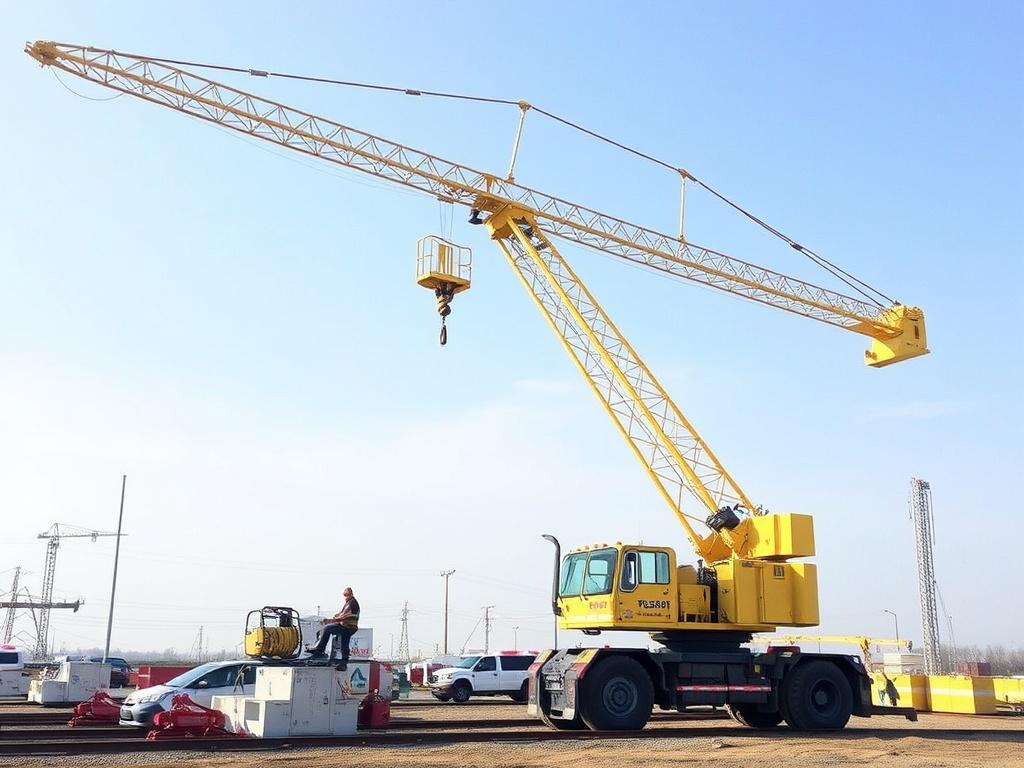
Understanding wind speed limits for safe crane operation is a cornerstone of construction site safety. Wind exerts unpredictable and powerful forces on cranes and their loads, making it essential to establish strict wind speed thresholds tailored to crane types, load conditions, and environmental factors. By combining routine monitoring, adherence to regulatory guidelines, operator training, and the use of advanced technology, crane operations can proceed with reduced risk despite challenging weather. Remember, safety is not a cost—it’s an investment in people, property, and project success. Always respect the wind, and let caution guide your crane operation decisions.

